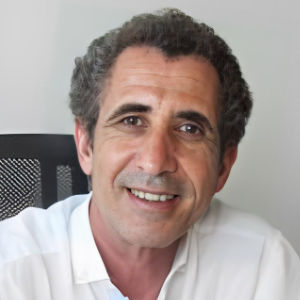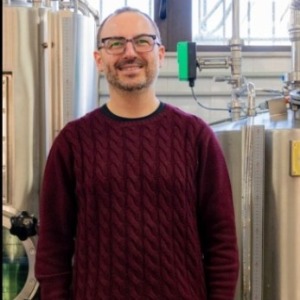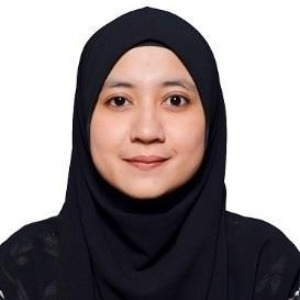8th Edition of Euro Global Conference on
Food Gas Chromatography
Gas chromatography (GC) is a powerful analytical technique widely used in the food industry for the separation, identification, and quantification of volatile compounds in food samples. In gas chromatography, a sample is vaporized and injected into a column packed with a stationary phase, typically a high-surface-area material coated with a thin layer of liquid or polymer. The sample is then carried through the column by an inert gas, such as helium or nitrogen, which serves as the mobile phase. As the sample travels through the column, its components interact differently with the stationary phase, causing them to separate based on their chemical properties, such as volatility, polarity, and molecular size. The separated compounds exit the column at different times and are detected by a detector, such as a flame ionization detector (FID) or a mass spectrometer (MS), which generates a chromatogram representing the concentration of each compound over time. Gas chromatography is highly sensitive and selective, allowing for the detection of trace amounts of volatile compounds in complex food matrices. It is used to analyze a wide range of food components, including flavor compounds, aroma volatiles, fatty acids, pesticides, contaminants, and additives. Gas chromatography is commonly employed in the quality control of food products to ensure compliance with regulatory standards and to monitor changes in composition during processing, storage, and shelf life. It is also used in food research and development to characterize the flavor profile of foods, assess the impact of processing conditions on food quality, and identify compounds responsible for off-flavors or aromas. Advances in gas chromatography instrumentation, such as high-resolution columns, temperature-programmable ovens, and multidimensional chromatography systems, have improved the speed, sensitivity, and resolution of analysis.

Said Bouhallab
INRAE, France
Giovanni De Francesco
University of Perugia, Italy
Ombretta Marconi
University of Perugia, Italy
Alex Martynenko
Dalhousie University, Canada
Ana Isabel Najera
University of the Basque Country EHU, Spain
Marcin A Kurek
Warsaw University of Life Sciences, Poland


